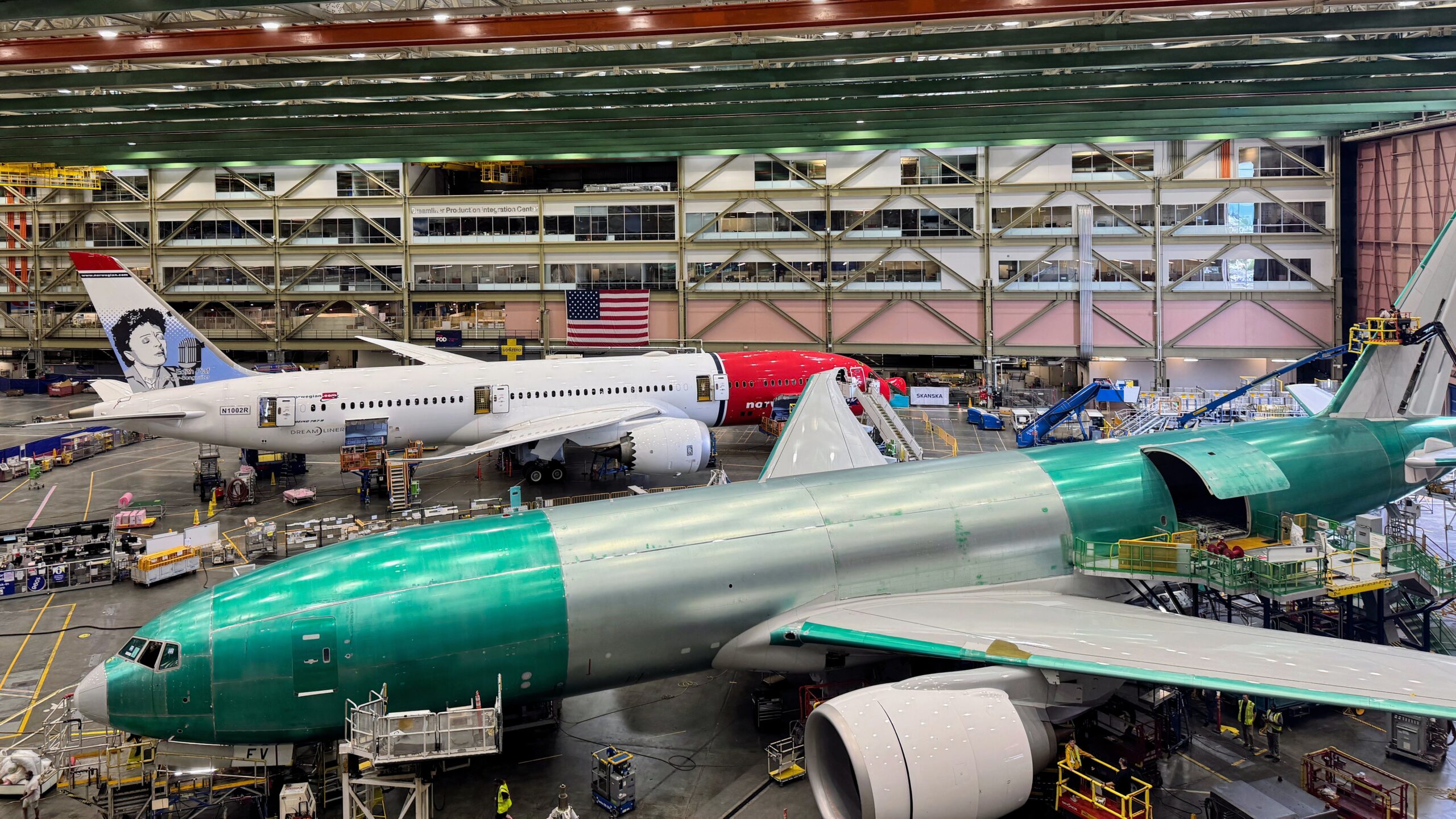Summary
- Boeing praised an employee who reported falsified inspections and led an “exhaustive” investigation.
- The issue did not cause flight safety concerns but affected required inspections of aircraft still in production.
- Supply chain issues continue to impact the Boeing 787 production rate, which is set to reach five per month by the end of the year.
The head of Boeing’s 787 Dreamliner program had spoken out about the individual who first reported that inspection documents were not being completed properly. Simple Flying first reported in April that the aircraft manufacturer notified the US regulator about the record falsification, which only affected aircraft still in production but resulted in an “exhaustive” investigation.
How did it get discovered?
Earlier this year, Scott Stocker, Boeing’s South Carolina site leader and General Manager of the 787 program, informed employees that several people had been violating company policies by not performing a required test but recording the work as having been completed. Boeing confirmed it had promptly informed the Federal Aviation Administration (FAA) and was taking “swift and serious corrective action with multiple teammates.”
The inspections being falsified were to confirm adequate bonding and grounding where the wings join the fuselage on certain 787 Dreamliner airplanes. Evaluations at the time found the issue did not cause any safety of flight concerns, but all Dreamliners in Boeing’s possession had to be re-inspected. Speaking to journalists at Boeing’s Everett production facility recently in advance of the Farnborough International Airshow 2024, Stocker praised the person who came forward to report the discrepancy:
“We had an employee that spoke up and alerted us to a process that didn’t look quite right. We’re very grateful that that happened so that we could catch it.”
The program leader continued by confirming that Boeing has run an “exhaustive investigation” on the matter and is being fully transparent with the FAA and its customers the whole way through. When pressed for specifics, Stocker confirmed that the company had to go back in and address some of the work that was not done correctly but that the issue only affected aircraft still to be delivered:
“We have contained that within our production system, and we’ve done an exhaustive fleet analysis on that issue as well. So the investigation continues, but we’ve made really good progress on it.”
Photo: Jonathan Hendry | Simple Flying
While Stocker was unable to confirm the identities of those involved due to the active nature of the investigation, he reiterated his gratitude to the employee who was comfortable enough to speak up so that Boeing could contain the issue and address it.

Related
5 Gamechanging Modifications That Improved The Boeing 787 Dreamliner
The ultra-efficient long-range jet has significantly changed since its service entry.
The Federal Aviation Administration confirmed at the time it was investigating the issue but did not pose an immediate threat to the flying public’s safety. When reached for comment today, a spokesperson for the regulator confirmed it was continuing to monitor the situation:
“FAA Administrator Mike Whitaker has made it clear that it cannot be business as usual with Boeing. The FAA will continue to hold Boeing accountable. Boeing has delivered a roadmap to change its safety culture.
“The FAA will make sure Boeing makes lasting change using all of the tools at our disposal. We need to see a strong and unwavering commitment to safety and quality that endures over time.”
Photo: Jonathan Hendry | Simple Flying
Did it cause any delays?
Since the issue was contained within the production flow, it did not directly impact the production rate. The output of the Boeing 787 is currently slowed due to ongoing supply chain issues, most significantly in seats and heat exchangers. Production is set to return five aircraft per month this year and then steadily increase the rate over the next several years. According to Socker, the Boeing team is in constant dialogue with its suppliers and has even conducted visits to track supplier’s progress:
“We’re talking to all of our suppliers about their issues, literally nonstop. They visit us, we visit them, we have teams deployed.
“I will say that many of them are making good progress on the plans that we set in place earlier this year when we chose to slow the rates down and meter the rate to the incoming supply. There are several that still have challenges, and we continue to work through all those challenges with all our suppliers”.
One benefit to the slowed rate is the additional capacity to complete its ongoing joint verification work. According to Stocker, the rework is going “quite well,” the company is on track to finish the approximately 40 aircraft in inventory by the end of this year. All the inspections are being conducted at Boeing’s Everett facility, which currently has additional spaces in the factory for the joint verification rework.
Overall, the 787 program has been incredibly successful for both airlines and the manufacturer. As of this summer, almost 900 million passengers have flown on a Dreamliner. Over 1,100 aircraft are currently in service, with around 27 million flight hours across all models.



